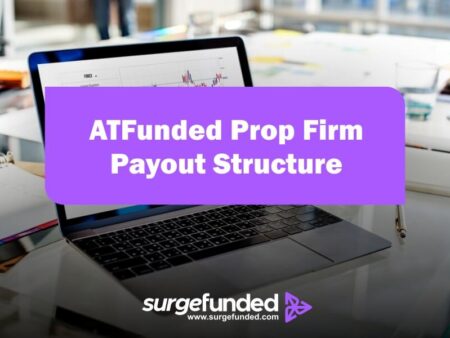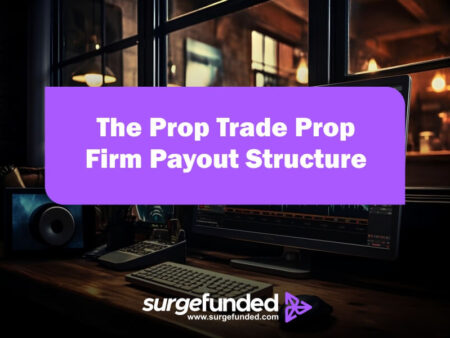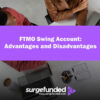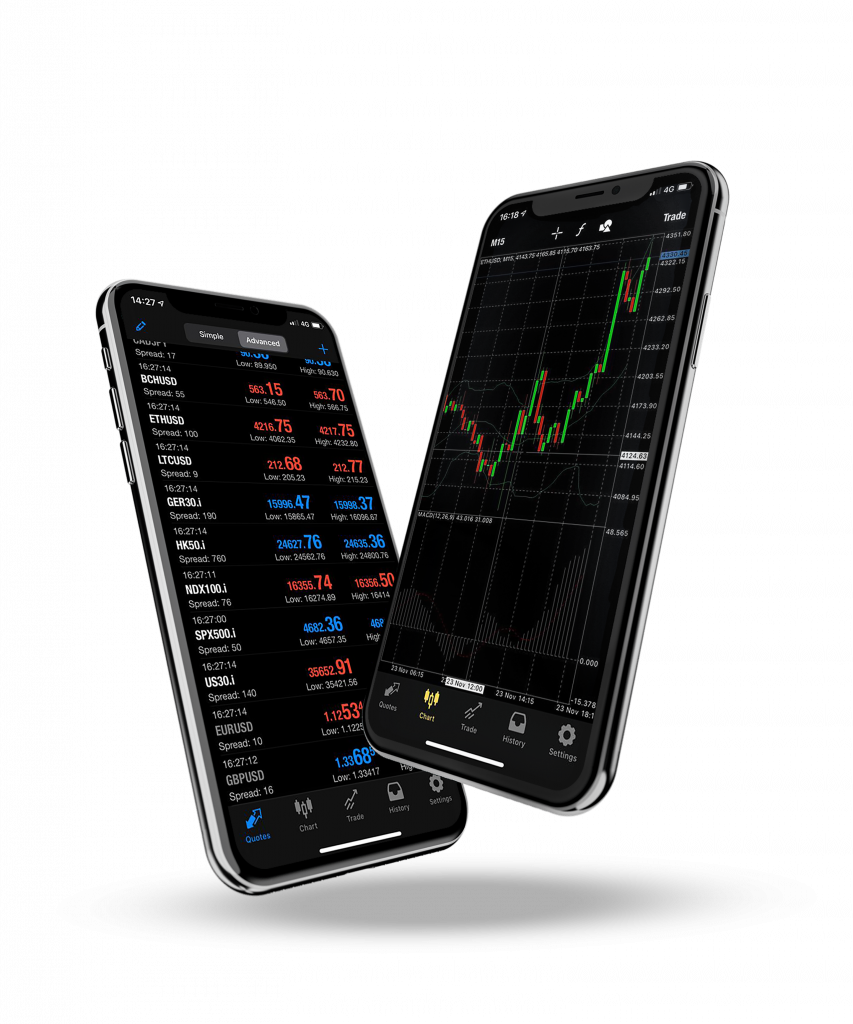Willis capital prop firm payout structure is intended to promote profitability while guaranteeing long-term viability for traders and the firm. Willis capital is a proprietary trading firm that gives traders access to substantial cash for trading in a range of financial markets. Dapo Willis, a prominent trader in Africa and the Middle East, founded the firm with the goal of assisting traders on their path to financial success. Willis capital prop firm payout structure, which is intended to reward profitability while upholding a sustainable business model, is one of the main features that draw traders to the firm. This article examines Willis capital prop firm payout structure.
An Overview Of Willis Capital Prop Firm Payout Structure
By using a profit-sharing mechanism, Willis Capital enables traders to keep a sizable amount of their profits. The performance of traders who successfully finish the SkillCheck program and obtain funding is the main factor that determines the payout structure. The following are Willis capital prop firm payout structure key elements:
- Profit Share: Following the deduction of trading expenses, spreads, fees, and overnight swaps, traders are eligible to receive a 70% portion of their earnings. This implies that Willis Capital takes 30 cents for every dollar of profit, while the trader keeps 70 cents.
- Withdrawal Frequency: Withdrawals are processed every two weeks after the initial request, which can be made once a month. This frequency gives traders flexibility and liquidity by enabling them to regularly access their earnings.
- A minimum of $100 must be accumulated by traders in order to be eligible to seek a withdrawal. This cutoff point guarantees that withdrawals are profitable for both parties and that transaction costs are kept to a minimum.
Scaling Opportunities
In addition to finance, Willis Capital offers performance-based scaling options. Traders who exhibit steady profitability can grow their accounts to a maximum of $500,000. The following is how the scaling process operates:
- Initial Funding: Depending on how well a trader does in the SkillCheck program, their account size is initially funded. A trader who successfully completes the program for a $50,000 account, for example, can start trading with that sum.
- Performance-Based Scaling: For any three-month period in which a trader makes at least a 20% profit, they can increase the size of their account by 20% of their starting balance. For instance, a trader’s account can be scaled up to $300,000 if they begin with a $250,000 account and achieve 20% gains in three months.
- Capping: A trader may only have an account that is up to $500,000. With this cap, Willis Capital is certain to keep control over its overall funding exposure while yet offering substantial growth prospects.
SkillCheck Program
As the entry point for traders to access funded accounts, the SkillCheck program is a crucial component of Willis Capital’s organizational design. In order to be eligible for funding, traders must meet certain profit targets in two rounds of the program:
- Phase 1: Traders have to show that they can control risk and make money within predetermined parameters.
- Phase 2: Traders must maintain steady performance in Phase 2 after successfully completing Phase 1 in order to be allowed access to live trading accounts.
Traders can begin trading with real capital after completing both phases successfully and receiving funding based on their performance level.
Inconsistency Rule
In an effort to assure consistent performance and preserve discipline among its traders, Willis Capital has instituted a “Inconsistency Rule.” This rule highlights how crucial it is to keep a clear trading plan with constant position sizing throughout transactions. It is advised that traders refrain from acting erratically and follow set rules when trading.
For instance,
- A trader who consistently uses lot sizes exhibits self-assurance and strategy adherence.
- On the other hand, irregular position sizing could be a sign of unpredictable trading behavior and could endanger the trader’s reputation inside the company.
Feature for Stimulus Add-On
The “Stimulus Add-On,” a cutting-edge innovation provided by Willis Capital, enables traders to increase their drawdown limits for greater trading flexibility. When a trader realizes a loss of 70% of the program’s total drawdown limit, this add-on is triggered and costs a nominal amount equal to 45% of the enrollment price. For traders who want to increase their trading capabilities without sacrificing their risk management techniques, this tool is especially helpful.
Transparency and the KYC Process
For Willis Capital and its traders to develop trust, transparency is essential. After proving themselves through the SkillCheck program, traders must go through a Know Your Customer (KYC) process as part of this commitment. This entails using the platform’s dashboard to provide the required identification documents and verification data.
In addition to improving security, the KYC procedure guarantees adherence to legal mandates meant to stop money laundering and other illegal activity.
Conclusion
Willis capital prop firm payout structure is intended to promote profitability while guaranteeing long-term viability for traders and the firm. It presents itself as a desirable choice for aspiring traders looking for capital access and assistance in reaching financial success because of its generous profit-sharing model, frequent withdrawal opportunities, scaling potential based on performance, and strict adherence to risk management principles.
Willis Capital fosters a disciplined trading environment and rewards excellent performance by emphasizing transparency through KYC procedures and enforcing regulations such as the Inconsistency Rule. As a result, it distinguishes itself as a respectable private trading company dedicated to developing talent in the cutthroat realm of financial markets.
Frequently Asked Questions
What is Willis Capital’s profit-sharing percentage?
- Willis Capital traders benefit from a 70% profit-sharing plan. This implies that traders keep 70% of their profits after subtracting trading expenses, spreads, commissions, and overnight swaps, with the business keeping 30%.
How Frequently Can Traders Take Their Profits Out?
- Every month, traders have the option to request their first withdrawal. Withdrawals after then are handled every two weeks. With the help of this timetable, traders can routinely access their winnings, giving them financial flexibility and liquidity.
Is There A Minimum Amount To Be Withdrawn?
- Yes, traders must make at least $100 in profits before they can request a withdrawal. This threshold helps ensure that transaction costs are kept to a minimum and that withdrawals are profitable for both the trader and the firm.
What Happens If A Trader Experiences losses?
- If a trader experiences losses that result in them reaching the maximum drawdown limit set by Willis Capital (which varies based on account size), they may not be able to withdraw profits until they recover from those losses through profitable trades again. Although there are no specific fees mentioned for withdrawals, traders should be aware that profit-sharing deductions occur during payout processing.
Is Hedging Allowed On Funded Accounts?
- No, Willis Capital does not allow hedging on funded accounts as part of its trading policies


















 for trading
for trading